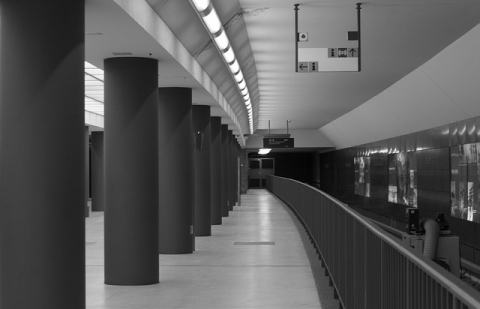Strong Shapes: Cylinders

A column supporting the roof the Parthenon in Greece (Luis_angle, Pixabay)
Students develop and apply comparing & contrasting, observing and predicting skills as they explore the strength of cylinders made with different materials.
Overview
Students test the strength of cylinders made of different materials.
Timing
45-60 minutes
Setting the Stage
A three-dimensional figure that plays an important role in architecture is the cylinder. Cylinders are often seen holding up roofs, ceilings, arches and more. This is because cylinders are one of the strongest geometric figures, particularly when a force is applied along their length. By observing cylinders in the environment (not just in buildings) and comparing cylinders through investigation, students will come to understand where and how cylinders can be used when designing and planning a strong and stable structure.
This inquiry could begin from:
- exploring photos of cylinders used in different contexts. Discuss using questions such as:
- “What 3D figures do you see in these pictures?”
- “How are cylinders being used in each of the pictures?”
- “Why do you think an architect would choose to use a cylinder rather than another shape?” (e.g., a triangle)
- “What are some names that we give to cylinders used for different purposes?” (e.g., columns, poles, railings, silos, water tanks)
- going for a walk around the neighbourhood, or going on a field trip, and noticing where cylinders are used in structures. Discuss using questions such as:
- “Where do you see cylinders? How do you know that a shape is a cylinder?”
- Why do you think someone used a cylinder here instead of a different shape?”
- “What do you think each of the cylinders we saw is made of?”
- “Do you think the cylinder is solid or hollow? How could you find out?”
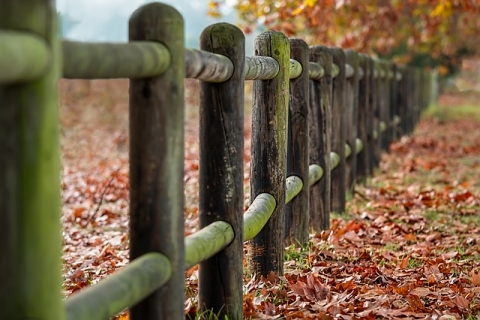
- reading a book such as Look at that Building!: A First Book of Structures. Discuss using questions such as:
- “Where did you see cylinders being used in the buildings in the story?”
- “How might the children use cylinders in their construction?"
- “Why do you think cylinders are used to support heavy loads?
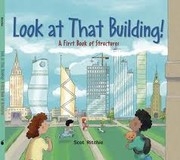
Details
- Paper (different types such as copy paper, construction paper, cardstock, newspaper, etc.)
- Fasteners (masking tape, transparent tape, washi tape, etc.)
- Hand lenses
- Scissors
- Rulers
- Stopwatches
- Objects to use as weights (e.g., books)
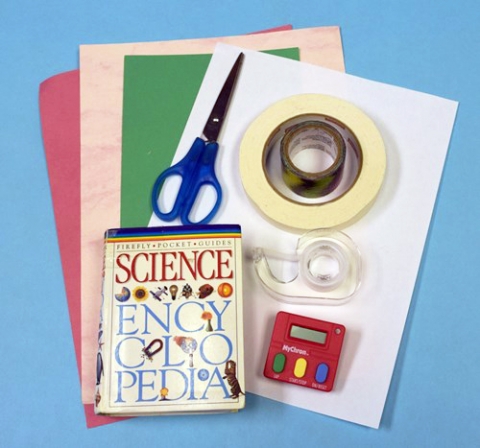
- Collect an assortment of paper types and fasteners that students can use to create cylinders.
- Set up material sourcing stations, organized by type of material. Alternatively, organize an assortment of materials to be provided to each student or work group.
- Educators may choose to use a predicting strategy such as Predict-Compare-Share or Prediction Guide.
Students develop the skills of comparing and contrasting, observing and predicting as they explore the strength of cylinders created using different materials.
Students:
- use the materials provided to create paper cylinders using single sheets of paper of the same size (e.g., 8½ ” x 11”).
- Educator prompts students to create cylinders out of different types of paper as well as cylinders of different diameters.
- set up a fair test in which they compare the strength of cylinders of different types of paper.
- Educator brainstorms with students how to make the test fair (making sure there is only one variable – the type of paper used - and that everything else is the same/constant; for example, cylinders of paper are the same diameter, cylinders of paper are the same length, cylinders are made sheets of paper of the same size, the weight used to test is the same, etc.)
- predict which type of paper they think will be the strongest and discuss the thinking behind their predictions.
- compare and contrast the strength of various constructed cylinders. The cylinders could be tested by adding heavy objects, such as books, on the flat part of an upright cylinder (see image) until it eventually collapses.
- Educator facilitates student exploration using probing questions.
- record the results of their testing on an organizer of their choice, using words, pictures and/or photographs.
- use their observations to order the paper according to how much weight it held (e.g., how many books) and/or how long it held up the weight.
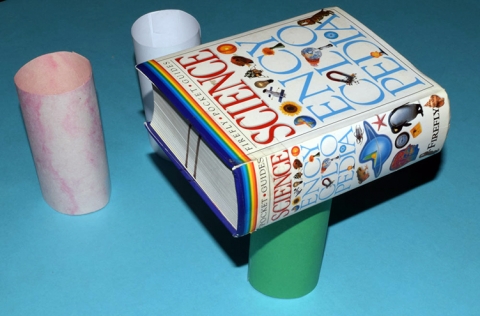
Observe and document, using anecdotal comments, photos and/or video recordings, student’s ability to:
- Observe – students observe the characteristics of the paper with their naked eyes and using a hand lens, and note differences in the look and feel of the different types of paper.
- Predict - students make predictions about the strength of paper cylinders based on their observations and their prior knowledge and experience and record their predictions.
- Compare & Contrast - students find similarities and differences in the ability of cylinders made from different types of paper to withstand the downward force of a mass (book).
| Students: Saying, Doing, Representing |
Educator: Responding, Challenging |
|---|---|
| Students use the materials provided to create paper cylinders using single sheets of paper. |
|
| Students work collaboratively to set up a fair test in which they compare the strength of cylinders of different types of paper. |
|
| Students predict which type of paper they think will be the strongest and discuss the thinking behind their predictions. |
|
| Students compare and contrast the strength of various constructed cylinders. |
|
| Students record the results of their testing on an organizer of their choice, using words, pictures and/or photographs. |
|
Literacy
- Demonstrate an understanding of information and ideas by retelling (e.g., communicate ideas about cylinders in their environment)
- Use processing skills and appropriate vocabulary during discussions and to form conclusions (e.g., about which structural shape is strongest)
Mathematical Thinking
- Communicate using mathematical vocabulary (e.g., use language of measurement such as short, tall, narrow and wide when talking about the size of cylinders)
- Measure and record mass and time using standard units (e.g., the mass of the object for testing shapes/structures, the time that the structure holds up the mass)
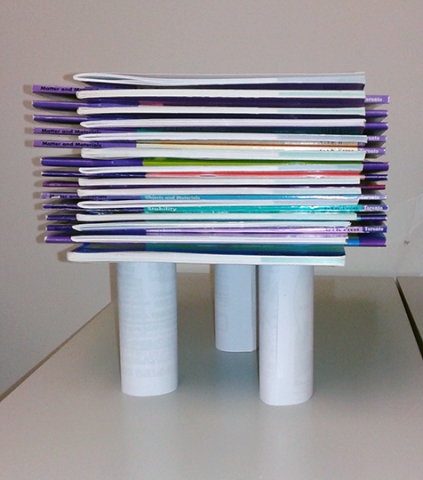
If your students are interested in learning more, the following may provoke their curiosity:
- Encourage the students to repeat the inquiry using a different variable (length of cylinder, diameter of cylinder, etc.). Discuss using questions such as:
- “How did changing this variable affect the strength of the cylinder?”
- “Why is it important to only change one variable at a time in an inquiry?”
- “What other variables could you change?”
- Challenge students to design arrangements of multiple cylinders (e.g., 3, 4 or 5 cylinders) to carry the load of as many books as possible.
- “What arrangement of cylinders worked the best to balance the books?”
- “What arrangement of cylinders held the most books?”
- “How could you improve the arrangement to hold even more weight?”
- “Where have you seen multiple cylinders used liked this to provide support?”
- Show your students photos of silos on farms. Discuss using questions such as:
- “What is this cylindrical structure called?”
- “What are silos used for? How could you find out?”
- “Why do you think silos are cylinders?”

- Tree trunks are often cylindrical in shape. Discuss using questions such as:
- “Why do you think tree trunks are often cylinders?”
- “Are tree trunks solid or hollow? How could you find out?”
- “How could you measure the diameter of a tree trunk?”
- “What other structures are built using tree trunks?”
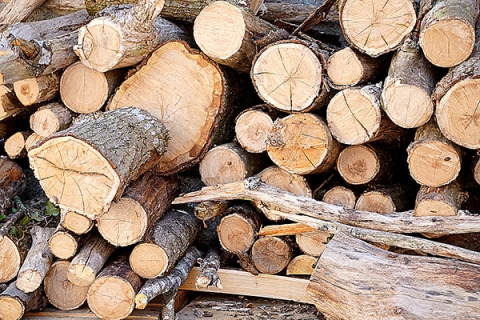
- Students could apply their learning and skills from this inquiry in the Design & Build lesson: Design & Build a Water Tower.
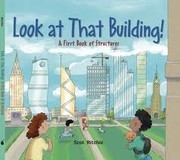
Look at That Building!: A First Book of Structures
by Scot Richie
Five friends learn about structures and construction as they plan and build a doghouse for their pet.
ISBN: 9781554536962
Buildings: Around The World (Picture Collection)
13 images of some buildings from around the world, including where they are located, such as the Taj Mahal in Agra, India.
It's All in the Shape (Lessons)
What is a strong shape? Make observations, compare & contrast and draw conclusions to learn about the strength of various shapes in structures.
How tall can you build a marshmallow structure that will support weight? (Hands-on Activities)
Are you willing to give up a sweet treat for the sake of science? Can you engineer a strong and stable structure out of something soft and fluffy?
Structures: Statues And Towers (Picture Collections)
Explore these 8 images of structures, including the Statue of Liberty and various towers from around the world such as the Eiffel Tower, CN Tower and Xi'an Bell Tower.
Materials
- Paper (different types such as copy paper, construction paper, cardstock, newspaper, etc.)
- Fasteners (masking tape, transparent tape, washi tape, etc.)
- Hand lenses
- Scissors
- Rulers
- Stopwatches
- Objects to use as weights (e.g., books)

Preparation
- Collect an assortment of paper types and fasteners that students can use to create cylinders.
- Set up material sourcing stations, organized by type of material. Alternatively, organize an assortment of materials to be provided to each student or work group.
- Educators may choose to use a predicting strategy such as Predict-Compare-Share or Prediction Guide.
What to Do
Students develop the skills of comparing and contrasting, observing and predicting as they explore the strength of cylinders created using different materials.
Students:
- use the materials provided to create paper cylinders using single sheets of paper of the same size (e.g., 8½ ” x 11”).
- Educator prompts students to create cylinders out of different types of paper as well as cylinders of different diameters.
- set up a fair test in which they compare the strength of cylinders of different types of paper.
- Educator brainstorms with students how to make the test fair (making sure there is only one variable – the type of paper used - and that everything else is the same/constant; for example, cylinders of paper are the same diameter, cylinders of paper are the same length, cylinders are made sheets of paper of the same size, the weight used to test is the same, etc.)
- predict which type of paper they think will be the strongest and discuss the thinking behind their predictions.
- compare and contrast the strength of various constructed cylinders. The cylinders could be tested by adding heavy objects, such as books, on the flat part of an upright cylinder (see image) until it eventually collapses.
- Educator facilitates student exploration using probing questions.
- record the results of their testing on an organizer of their choice, using words, pictures and/or photographs.
- use their observations to order the paper according to how much weight it held (e.g., how many books) and/or how long it held up the weight.

Assessment
Observe and document, using anecdotal comments, photos and/or video recordings, student’s ability to:
- Observe – students observe the characteristics of the paper with their naked eyes and using a hand lens, and note differences in the look and feel of the different types of paper.
- Predict - students make predictions about the strength of paper cylinders based on their observations and their prior knowledge and experience and record their predictions.
- Compare & Contrast - students find similarities and differences in the ability of cylinders made from different types of paper to withstand the downward force of a mass (book).
Co-constructed Learning
| Students: Saying, Doing, Representing |
Educator: Responding, Challenging |
|---|---|
| Students use the materials provided to create paper cylinders using single sheets of paper. |
|
| Students work collaboratively to set up a fair test in which they compare the strength of cylinders of different types of paper. |
|
| Students predict which type of paper they think will be the strongest and discuss the thinking behind their predictions. |
|
| Students compare and contrast the strength of various constructed cylinders. |
|
| Students record the results of their testing on an organizer of their choice, using words, pictures and/or photographs. |
|
Cross-curricular connections
Literacy
- Demonstrate an understanding of information and ideas by retelling (e.g., communicate ideas about cylinders in their environment)
- Use processing skills and appropriate vocabulary during discussions and to form conclusions (e.g., about which structural shape is strongest)
Mathematical Thinking
- Communicate using mathematical vocabulary (e.g., use language of measurement such as short, tall, narrow and wide when talking about the size of cylinders)
- Measure and record mass and time using standard units (e.g., the mass of the object for testing shapes/structures, the time that the structure holds up the mass)

Extending Learning
If your students are interested in learning more, the following may provoke their curiosity:
- Encourage the students to repeat the inquiry using a different variable (length of cylinder, diameter of cylinder, etc.). Discuss using questions such as:
- “How did changing this variable affect the strength of the cylinder?”
- “Why is it important to only change one variable at a time in an inquiry?”
- “What other variables could you change?”
- Challenge students to design arrangements of multiple cylinders (e.g., 3, 4 or 5 cylinders) to carry the load of as many books as possible.
- “What arrangement of cylinders worked the best to balance the books?”
- “What arrangement of cylinders held the most books?”
- “How could you improve the arrangement to hold even more weight?”
- “Where have you seen multiple cylinders used liked this to provide support?”
- Show your students photos of silos on farms. Discuss using questions such as:
- “What is this cylindrical structure called?”
- “What are silos used for? How could you find out?”
- “Why do you think silos are cylinders?”

- Tree trunks are often cylindrical in shape. Discuss using questions such as:
- “Why do you think tree trunks are often cylinders?”
- “Are tree trunks solid or hollow? How could you find out?”
- “How could you measure the diameter of a tree trunk?”
- “What other structures are built using tree trunks?”

- Students could apply their learning and skills from this inquiry in the Design & Build lesson: Design & Build a Water Tower.
Supporting Media

Look at That Building!: A First Book of Structures
by Scot Richie
Five friends learn about structures and construction as they plan and build a doghouse for their pet.
ISBN: 9781554536962
Buildings: Around The World (Picture Collection)
13 images of some buildings from around the world, including where they are located, such as the Taj Mahal in Agra, India.
Learn More
It's All in the Shape (Lessons)
What is a strong shape? Make observations, compare & contrast and draw conclusions to learn about the strength of various shapes in structures.
How tall can you build a marshmallow structure that will support weight? (Hands-on Activities)
Are you willing to give up a sweet treat for the sake of science? Can you engineer a strong and stable structure out of something soft and fluffy?
Structures: Statues And Towers (Picture Collections)
Explore these 8 images of structures, including the Statue of Liberty and various towers from around the world such as the Eiffel Tower, CN Tower and Xi'an Bell Tower.
